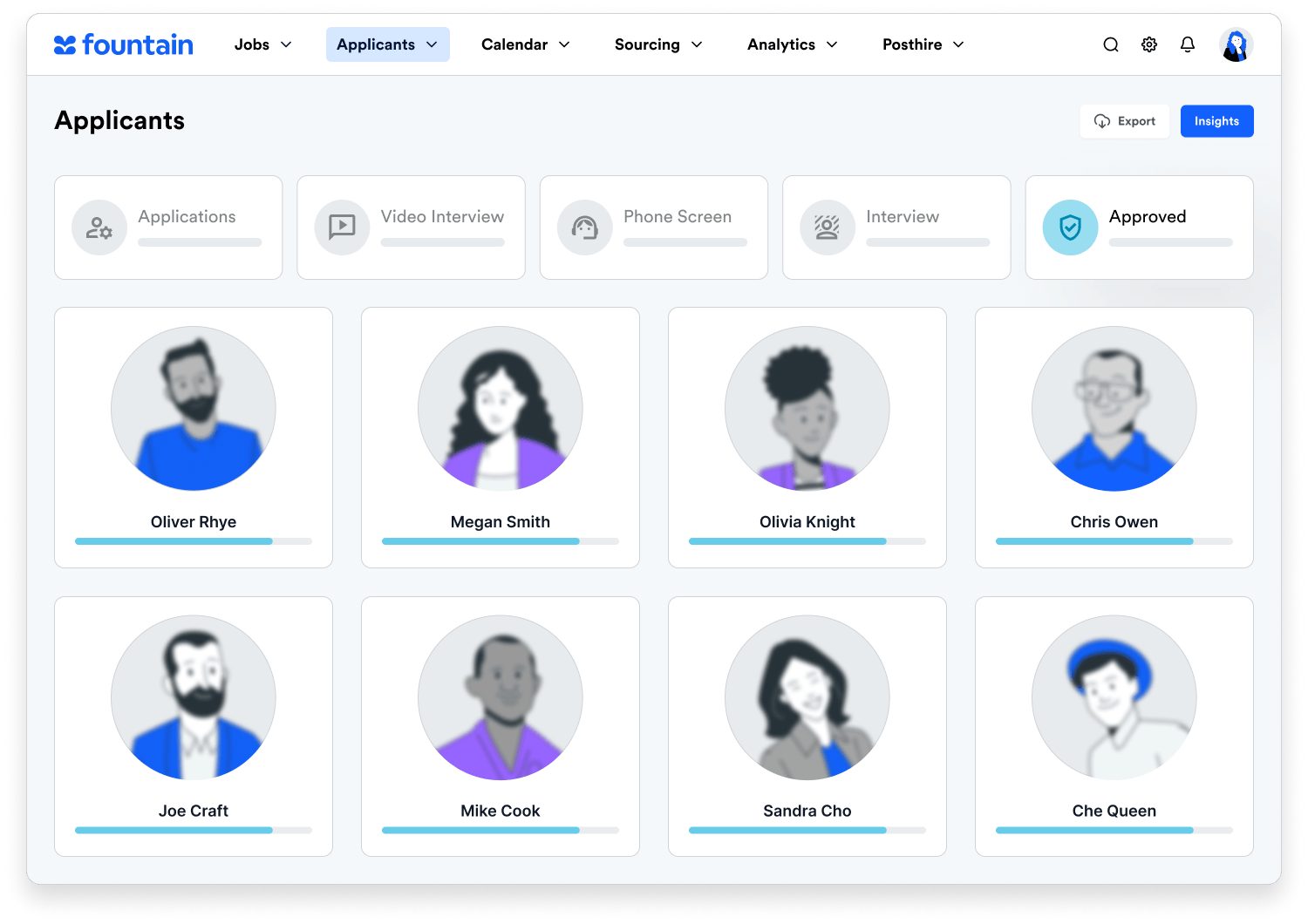If there is one thing the pandemic taught us it’s that our supply chains needed a process overhaul. As we come out of the pandemic and businesses start to reopen and expand, supply chains need to become more efficient than ever before. With the increased demand of instant gratification from consumers, logistics continues to play a crucial part in coordinating the operation and movement of products in a timely manner.
With over two-thirds (69%) of Americans shopping online, and digital ordering and delivery increasing by 300% over the last six years, supply chains are getting more complicated. Comparative pricing and new delivery models, such as same-day delivery, have led to an increase in customer expectations.
A recent DHL survey of more than 350 firms found that there are a number of factors contributing to the talent shortage crisis in what is a rapidly evolving field. So how can you make sure you get the quantity and quality of people you need?
Refresh Your Applications
The DHL survey found that at least one-third of current employees are at or near retirement age. With that being the case, you need to take steps to ensure you increase your application conversion rates.
Applicants are often discouraged when they encounter a long application form. We’ve found that separating the form into short chunks across several pages can increase the conversion rate by as much as 15% to 20%. In practice, this means collecting the applicant’s contact information on the landing page and saving the role-specific questions for later in the process.
Applicants are also more likely to complete the application if they are provided a visual indicator of progress, or are told at the start how long the application process will take to complete.
Focus on Continuous Learning
The point of continuous learning is to ensure you don’t lose the momentum built up during the hiring and onboarding stage.
This type of learning means gaining new skills and knowledge—in a personal or professional capacity—on an ongoing basis. One-third of companies surveyed have taken no steps to create or feed their future talent pipeline, so implementing this strategy can be a difference-maker in retaining and developing your workforce.
The first step in delivering valuable continuous learning is choosing the right tool to disseminate information. You need to meet your staff’s demand for knowledge and information in a timely, relevant way to successfully engage them.
Fifty-seven percent of employees expect to learn “on-demand”—that is, receive information at the time they need it, in a medium and format that seamlessly fits into their everyday tasks, rather than having to engage in learning that wipes out working hours and becomes a task in itself.
Accessibility and delivery are everything: Pick a tool that your staff can access anytime, anywhere, and through which you can deliver information in an engaging manner that matches modern learners’ needs and expectations.
Implement Employer Branding
The survey also revealed that the supply chain has the perception that these jobs lack excitement. Organizations will need to prioritize employer brand to combat this and drive top-of-funnel talent.
Employer branding refers to the image of your company, both externally and internally. It is a combination of your reputation, values, and perception of your companies’ culture. A poor image is costing you more than you think.
A study conducted by the Harvard Business Review concluded that a bad reputation costs a company 10% more per hire, on average. Not investing in employer branding is causing you to miss out on top candidates, and costing you more for the people you do hire.
A good place to start is by reconfirming your mission statement and company values. People want to work in an environment where they feel that they are making an impact. According to a Mercer talent trends study, thriving employees are 3x more likely to work for a company with a strong sense of purpose.

